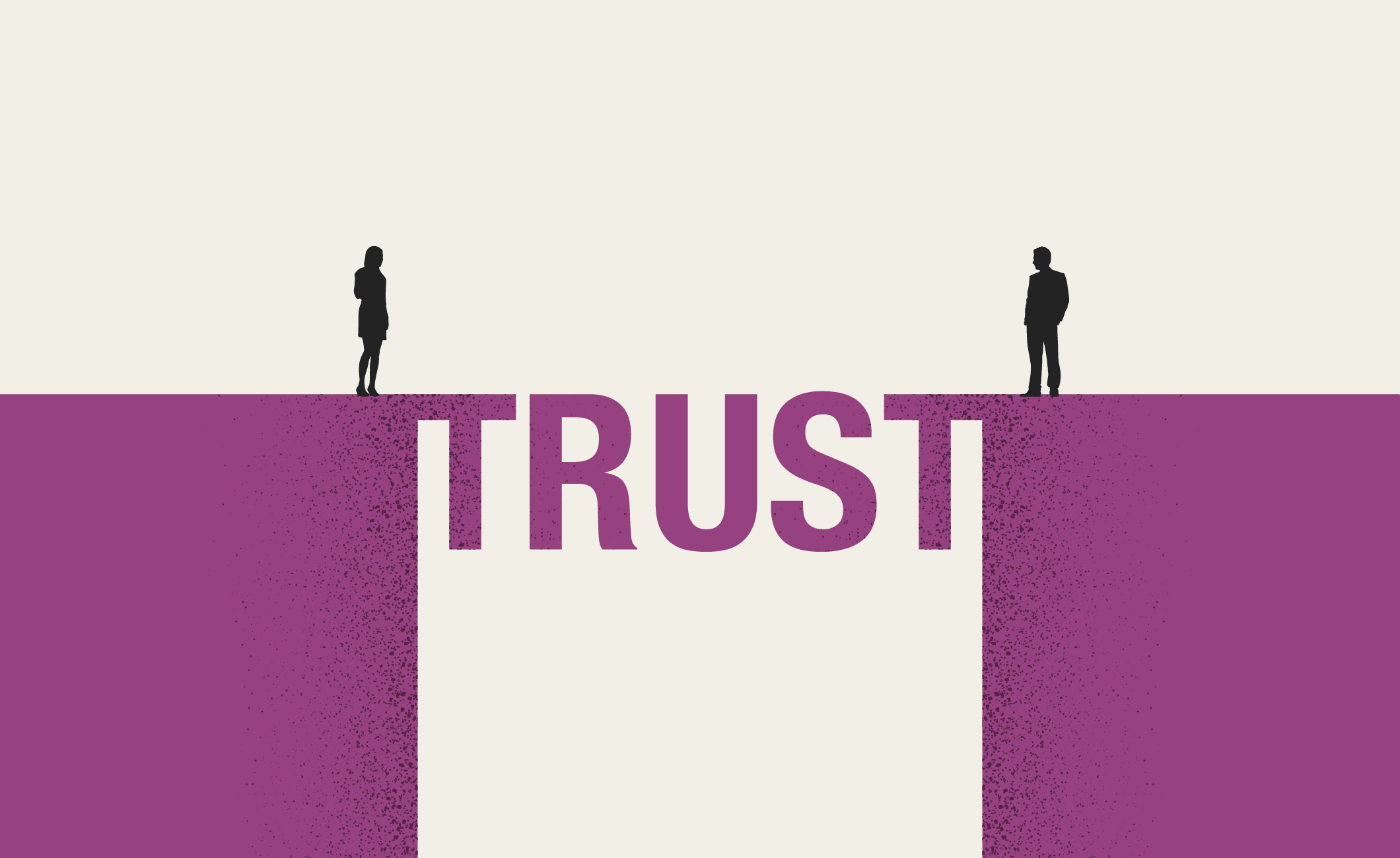Not surprisingly, C-suite executives see trust as an important business asset. But they don’t always see the “trust gaps” that could be weighing on company value, recent research shows.
PwC’s 2023 Trust Survey highlighted some of these “trust gaps.” It found 91% of business executives believe “our ability to build and maintain trust improves our bottom line.” But PwC reports that 84% of executives think that customers highly trust the company, yet only 27% of customers say the same. Employees show a less dramatic trust gap: 79% of business executives say their employees trust the company, but only 65% of employees agree.
Trust – building and sustaining it — is a key reason to think strategically about how a company is deploying its spokespeople. A disciplined, creative approach to using spokespeople can play an important role in strengthening trust with key stakeholders.
Why are spokespeople important in the trust factor?
A big reason is that people tend to trust individuals over organizations in the abstract. That’s one reason why the many surveys on the topic often note that respondents say they trust family and friends more than companies or governments.
Today’s social connectivity, the prevalence of video and 360-degree media environment has only intensified this focus on individual personalities. The “faces” and “voices” of companies have come to matter a great deal in a world of wraparound media. Corporate brands – be they consumer or B2B – are defined more than ever by the public perception of the people who tell their stories.
In effect, companies are only as credible and “likeable” as the people who represent them in public. The ability to associate a favorably perceived individual with a brand or company immediately improves the opportunity to build trust.
Another challenge: Trust relies on familiarity, which in turn is built on regular, frequent communications. To engage with influential media, social media channels and public forums require more than the occasional interview from the C-suite. A corps of spokespeople with defined roles helps a company “scale up” familiarity with its brand and what it stands for through media engagement and distributed content.
An informal audit
It’s worth taking a few minutes for a quick, informal communications audit of your current spokespeople strategy. We’d suggest making a simple grid to get started.
In the first column list all your company’s stakeholders from highest priority on down. The list will likely include customers, employees, investors, distribution channels, regulators, policy makers, and any other groups who have an impact on the perception of your company or its operating environment.
Next, to the right of each stakeholder group, note the topics or issues that most affect their perception of your company. Then “grade” each group for whether you believe they have high, medium or low trust in your company.
Finally, think about how your company currently communicates with each stakeholder group. Who on the management team “owns” the relationship with this group? What forms does that communication take? How does media coverage affect that group’s perception of the company, if at all?
As you work through this exercise, consider a few questions:
- Are there issues or topics relevant to important stakeholder categories that your company should be addressing to build trust? Are your competitors trying to do that, and if so, what has been the impact?
- Would your company benefit from having an expert spokesperson who could build brand visibility by offering the media regular commentary on economic trends or developments? Or information on trends in your industry or in relevant products and service categories important to your customers?
- Do you have proprietary data that could be used externally in regular media relations outreach?
- Do you have any “natural” communicators in your company who aren’t being utilized in public communications?
This quick back-of-the-envelope exercise may turn up opportunities or revive interest in plans that have been previously proposed. In a follow-up blog item, we’ll look at how three companies developed a spokespeople strategy to strengthen trust and visibility for their company.

